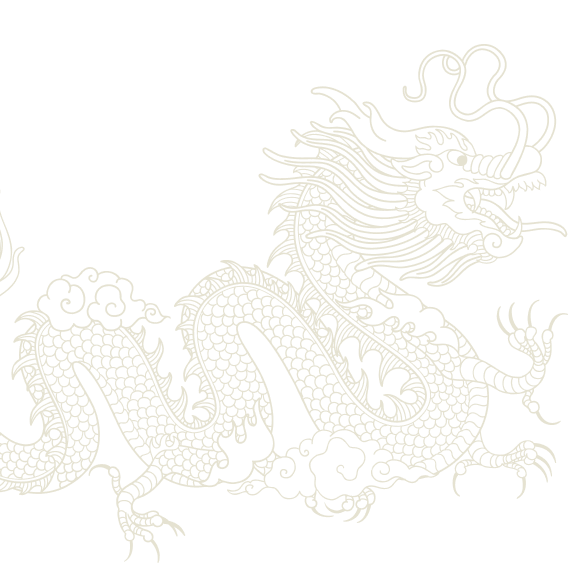5 Ways To Use Matcha

5 Ways To Use Matcha
Whether you’re a matcha newbie or have been a fan your whole life, there’s always ways to get creative with it. Here’s some our favorite uses for matcha, both classic and modern:
Matcha Tea Ceremony
A matcha ceremony — or maybe “ritual” is a more accurate way to think of it — is the traditional way to prepare matcha tea for a special occasion. There’s no reason too small for a matcha ceremony; anything the preparer deems worthy of this preparation is worthy.
The pieces involved are the chasen (a small bamboo whisk for mixing the tea), chawan (a small bowl in which the tea is mixed), chashuku (a tea scoop), and a chakin (a linen cloth to wipe the chawan). These are used to mix the matcha powder and hot water to create one of two final products: usucha or koicha. Usucha is “thin tea” and koicha is “thick tea,” and they are exactly what they sound like. If you haven’t had matcha, usucha is probably more the texture you’re used to drinking beverages at. That is, it’s… well… thin. Koicha, on the other hand, uses a much higher ratio of matcha powder to hot water, so comes out with a more viscous consistency — think more of a paste almost.
Traditionally, there’s many other aspects and variations to a Japanese matcha ceremony. They can vary by time of year, occasion, formality, and much more. (Tea Forte goes a bit more in-depth on that here.) But regardless of your experience — or lack thereof — with matcha ceremonies, partaking in this ritual lets you enjoy a tasty drink while engaging in the moment.
Matcha Face Mask
The fun thing about matcha is that its uses aren’t limited to culinary! Instead of buying a pre-made skin mask, if you have matcha in your pantry you can create your own mask that leaves your skin refreshed and more resistant to blemishes.
By combining matcha powder, oats, and a bit of water, you’ll create a paste-based mixture. Next you’ll massage it into your skin and leave on for anywhere from 10 minutes to a half hour. In general, the process is similar to many commercially available liquid face masks, except without the high price or any potentially nasty chemicals. If you’re looking for an easy recipe to make on your own, check this one out by Peaceful Dumpling.

Matcha Green Tea Latte
This is something you’ve maybe had before — or at least seen popping up on coffee shop menus the last few years. But you can also make one yourself if you have matcha powder at home, and it’s super easy!
Just like a normal latte, they can be hot or iced and are delicious either way. Typically they’re made with hot water, matcha, and milk, while some people like to add some sugar or another sweetener to it.
The first step is just making matcha tea by mixing hot water and matcha powder in a mug. The second step is heating and frothing your milk and pouring it over the matcha tea. Or, if it’s a hot day and you want something iced to cool you off, skip the heating and fill it with ice and milk by itself. And that’s it! Some people like to add a little dash of matcha powder on top to garnish it all off. It’s up to you but, no matter what, you’ll love it.

Baking with Matcha
The only limit to cooking with matcha is your imagination. This is especially true when it comes to baking, where you can use matcha as a flavoring agent. Even if you’re not typically a fan of pastries, cookies, or other baked goods, the complexity and subtle sweetness that matcha imparts can convert anyone.
One lovely aspect to matcha is that it doesn’t overpower existing flavors; rather, it complements many of them quite well. A normal chocolate- or vanilla-based baked good will be given a new layer of complexity with a little matcha. Obviously it depends on what you’re making and the quantity thereof, but for standard recipes of most foods, you’ll usually have to add only a teaspoon to a tablespoon or two of matcha powder to completely transform it. Try it with puddings, scones, cakes, cookies, or sweeter breads.
Matcha Smoothie
This use is even more self-explanatory than the one just above: Add matcha to your smoothie ingredients and blend. Voilà!
Depending on what you want, you can use matcha here to complement other flavors in the smoothie, or you can make it the star of the show. It goes particularly well with creamier smoothies (or milkshakes, which we mega-recommend for a tasty dessert). In this instance, pairing it with bananas and honey yogurt is delicious. It’s also useful if you like adding vegetables into smoothies but want some other flavors to make your smoothie taste less like… well… vegetables.
Experiment by adding matcha to your favorite smoothies and see where it shines best.
These are some of our favorite ways to use matcha. But they’re far from the only ways. When you fall in love with matcha, we’re sure you’ll find lots of things that are made even better by adding it in. After all, that’s what we do!




